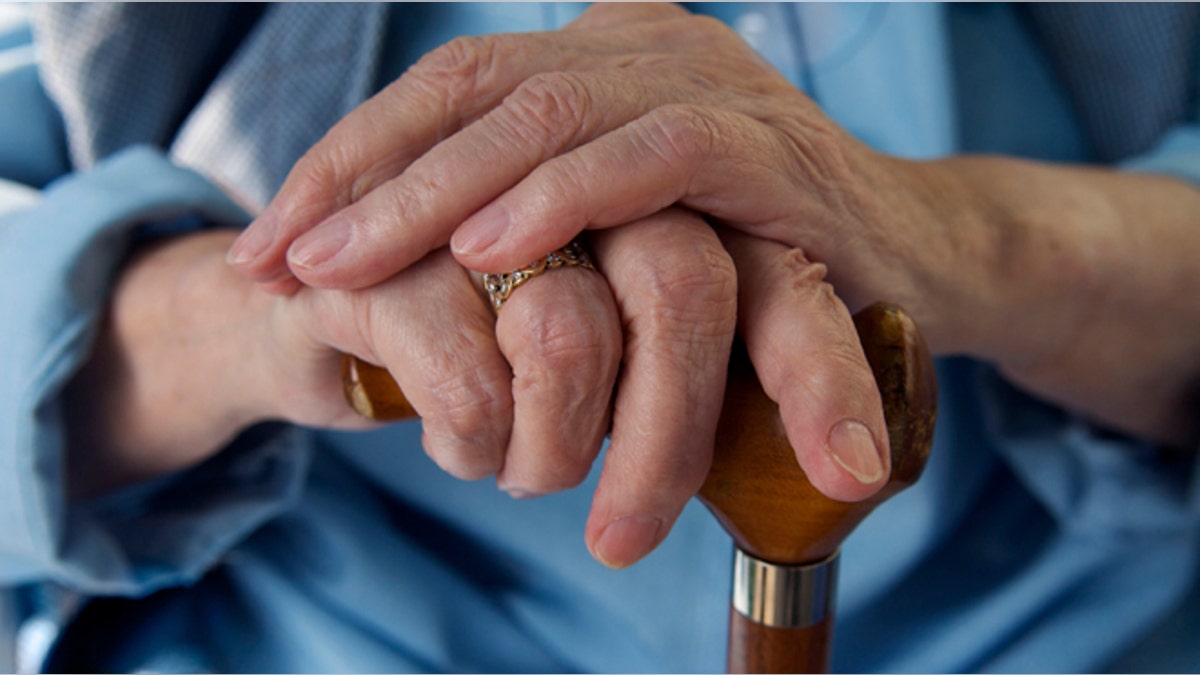
Older people with strabismus, where one eye points slightly inward or outward affecting vision, are about 27 percent more likely than people without the condition to be injured by a fall, according to a new study.
The disorder, often called “wandering eye,” becomes more common with age and can cause double vision or depth perception problems because the two eyes are not pointing in the same direction.
Previous studies have shown that having other eye disorders like cataracts, glaucoma or age-related macular degeneration increases the risk of injuries, fractures or falls, the study team writes in JAMA Opthalmology. But this is the first to examine whether so-called binocular vision problems have the same effect.
“Strabismus in adults is becoming more prevalent as the aging population increases and we do not know the impact of strabismus on patient quality of life and morbidity,” lead author Dr. Stacy Pineles told Reuters Health in an email.
“We hypothesized that strabismus could cause double vision or diminished depth perception, and we wanted to see whether this was associated with injuries such as falls, fractures, and musculoskeletal injuries,” said Pineles, an ophthalmologist with the Jules Stein Eye Institute at the University of California, Los Angeles.
Pineles and her colleagues looked at a random sample of Medicare claims for more than two million beneficiaries over the years 2002 to 2011.
They found almost 100,000 diagnoses of binocular vision problems. The great majority were either strabismus or diplopia, meaning double vision, which often goes along with strabismus. On average the patients were older, white, were more often male and had other health problems like diabetes and heart disease.
About 75 percent of those with binocular vision problems had also reported some type of musculoskeletal injury, fall or fracture during that 10-year time span, compared to about 60 percent of patients without a binocular visual disorder.
After taking into consideration age, region and other potential contributors to falling, such as other illnesses, the researchers calculated that people with binocular vision disorders had a 27 percent higher risk of falls, fractures and injuries overall.
For people with a specific diagnosis of diplopia, the risk was 36 percent higher.
The study team cautions that they don’t know if the injuries occurred before the vision problems were diagnosed or afterward, so they can’t say for certain that the eye disorders are to blame for the falls. They also don’t know which patients were being treated for their vision problems.
Still, Pineles said that elderly patients with vision problems should be sure they optimize lighting in their homes, get help when navigating unfamiliar areas and use low-vision aids if necessary.
Dr. Jamie Rosenberg, an ophthalmologist at Montefiore Medical Center in New York who specializes in strabismus, said that eye problems can sometimes seem less important to elderly patients compared to other illnesses they may have. But “they can affect their life in a significant way and keeping them safe from falls is a huge part of keeping older people healthy.”
Rosenberg, who wasn’t involved in the new study, said there are treatment options for strabismus, such as wearing special glasses with prisms that help align the double images seen by people with diplopia.
“Even though the eyes aren’t straight the two images that are being processed by the brain will be one,” she said.
Surgery may also be an option. “A lot of people think that older people can’t have strabismus surgery to straighten their eyes but that’s actually not true at all,” Rosenberg said.
The new study may underestimate the magnitude of the problem, noted Priscilla Rogers, an aging and vision loss expert at the American Foundation for the Blind’s Vision Aware program.
“Only people who seek medical care from a fall would be included, so the problem is probably bigger and greater than this study suggests,” she told Reuters Health in an email.
Access to eye care may be one obstacle keeping older people from getting help for vision disorders, she noted. “Medicare does not pay for new glasses and people on a fixed income may not want to buy new glasses because they cost too much,” Rogers said. “They can, after all, see - they just may not see well enough to avoid a trip or fall.”
Rogers said that fall prevention programs such as "A Matter of Balance" offered in several states (bit.ly/1FZWPgF ) can help reduce the risk of injuries among people with visual impairments.
